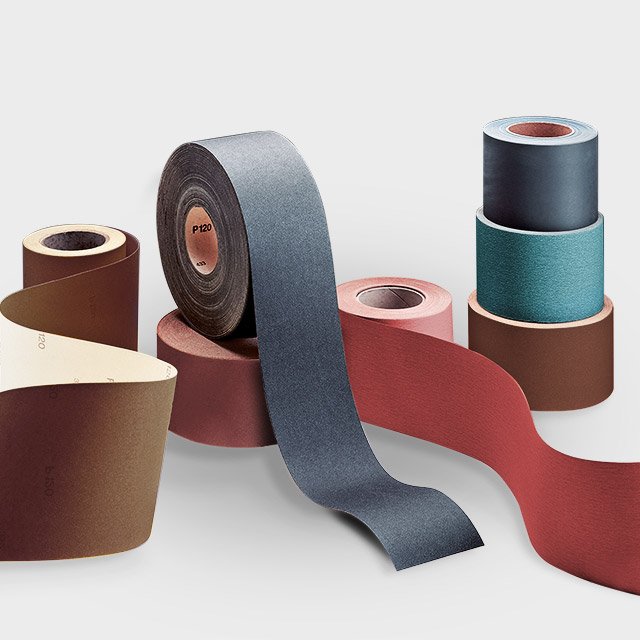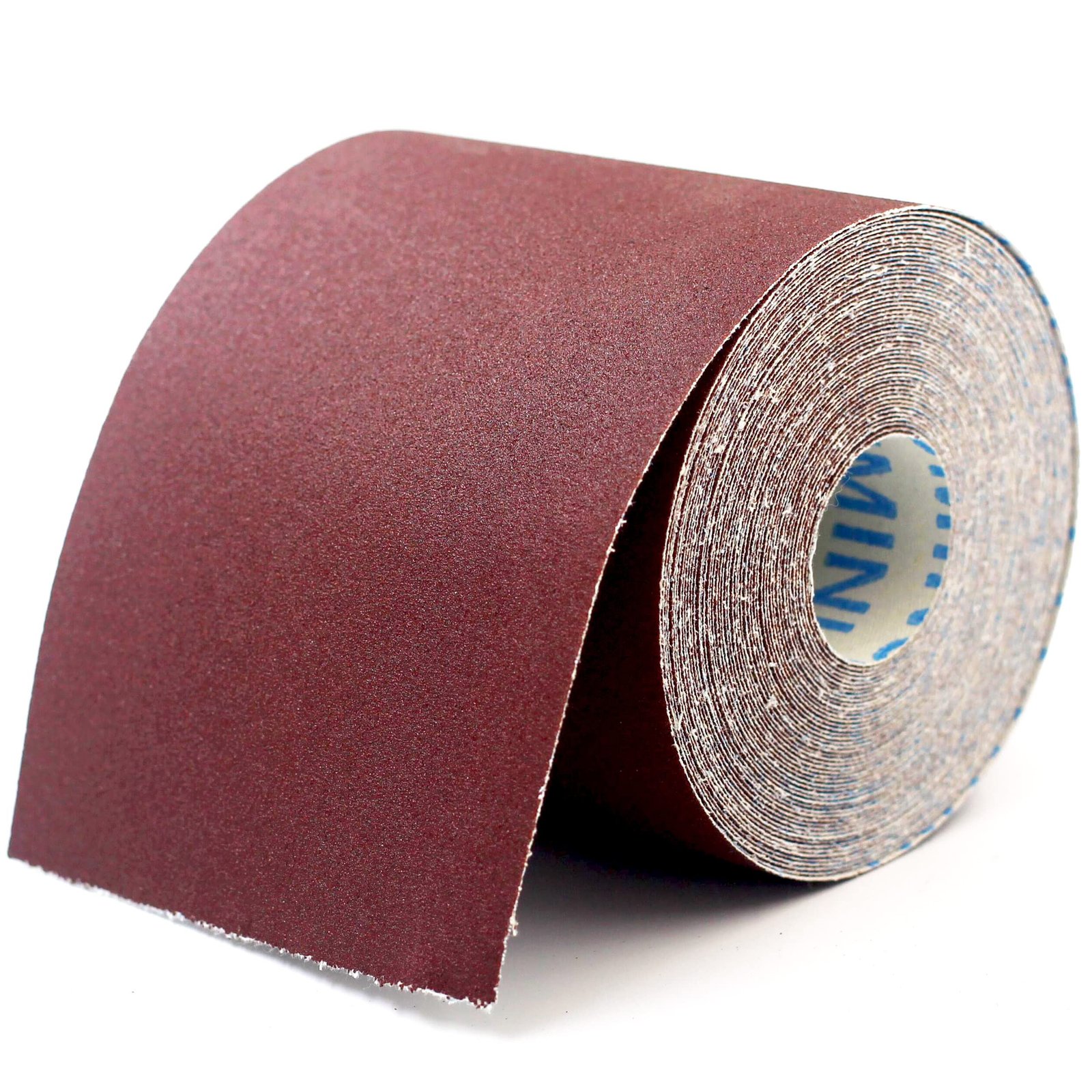- Abrasive cloth stands at the forefront of precision surface finishing, combining traditional craftsmanship with modern engineering. Unlike standard sandpaper, abrasive cloth uses durable fabric backings—such as cotton, polyester, or rayon—paired with sharp mineral or synthetic grains. This unique construction provides enhanced flexibility, tear resistance, and consistent cutting performance, making it ideal for complex surfaces and high-precision tasks.
How Abrasive Cloth Is Made: A High-Performance Process
The production of abrasive cloth involves three key stages to ensure strength, durability, and performance:
-
Coating: Abrasive grains are electrostatically applied to the cloth, ensuring uniform grain distribution and optimal cutting action.
-
Resin Application: High-performance thermosetting polymers are cured under heat, securely bonding the grains to the fabric.
-
Conversion: The cloth is processed into various forms—slit rolls, sheets, belts, or discs—often treated with anti-static coatings or cooling agents for specialized industrial applications.
Advanced technologies, such as micro-replication, now allow for nano-scale abrasive structures—critical in fields like semiconductor polishing and optical lens manufacturing.
Emerging Trends in Abrasive Cloth Technology
The abrasive cloth market continues to grow and adapt, driven by innovation and shifting industrial demands:
-
Eco-Friendly Materials: Manufacturers are adopting water-based resins and biodegradable cloth backings to meet sustainability goals and reduce waste.
-
Smart Abrasives: Next-gen abrasives now feature embedded sensors that monitor wear in real time, enabling predictive maintenance and longer tool life.
-
Rising Industrial Demand: The boom in electric vehicles (EVs) and renewable energy is fueling demand for high-precision surface finishing solutions.
- Robotics Integration: Automated systems increasingly use abrasive cloth in repetitive, high-accuracy tasks—boosting efficiency while reducing human error.
The Future of Abrasive Cloth
From polishing turbine blades to shaping microchips, abrasive cloth continues to bridge the gap between traditional surface treatment and next-gen manufacturing. As industries lean into automation, sustainability, and digitalization, abrasive cloth will remain a cornerstone of innovation and precision.



